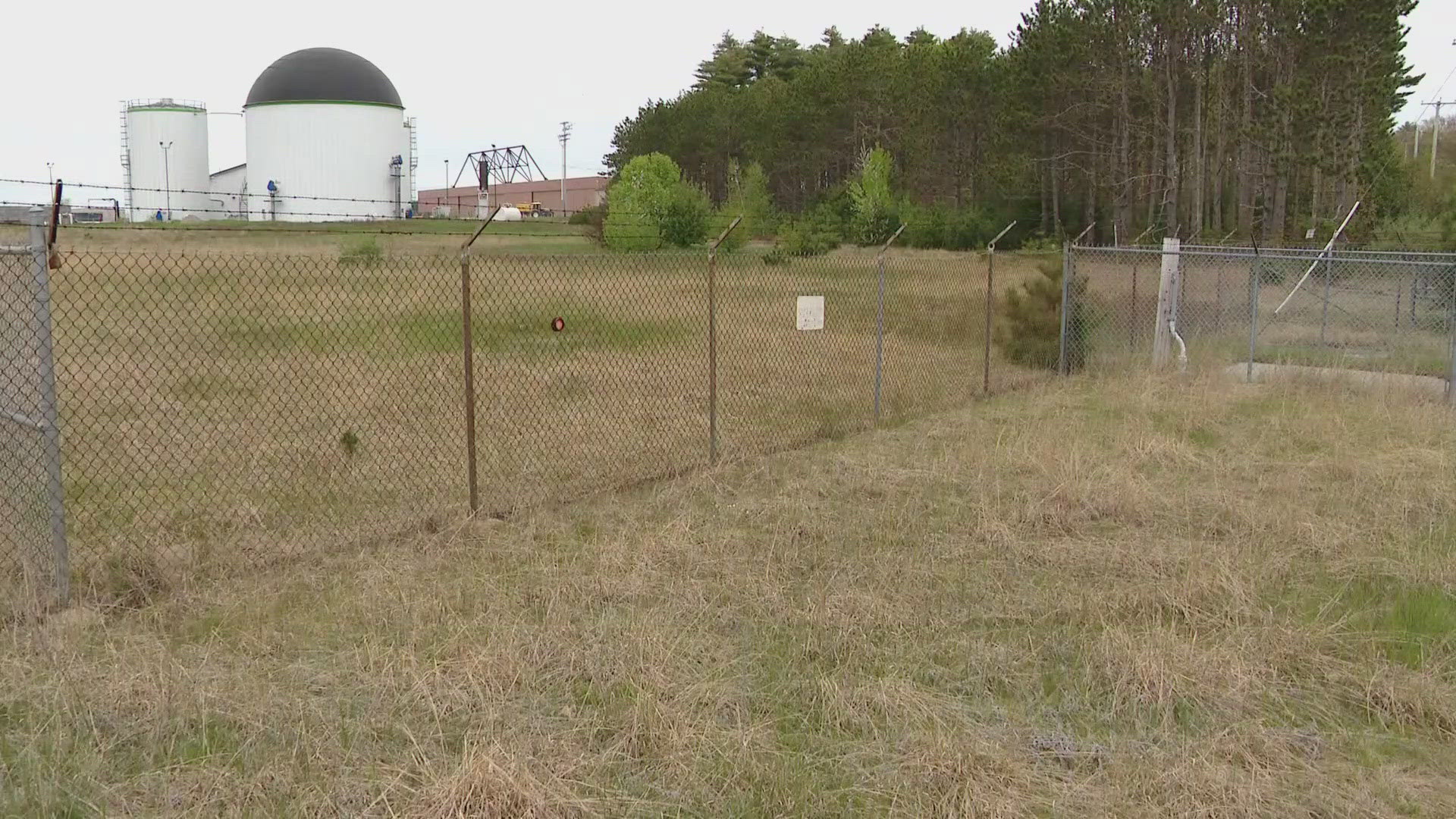BRUNSWICK, Maine — Construction is set to begin on a multimillion-dollar water treatment plant amid a massive ongoing cleanup of the state's worst spill of firefighting foam at the former Brunswick Naval Airstation.
Officials said the facility has been in the planning stages for several years and would feature two systems to filter out PFAS chemicals.
Meanwhile, calls and emails keep pouring in at the Brunswick-Topsham Water District over concerns about possible contamination from the spill on Aug. 19.
"The water is safe. It hasn't entered the aquifer, and we haven't detected it yet, although we have sent samples out," Craig Douglas, general manager of BTWD, said.
That aquifer supplies two well fields for the district, which serves roughly 18,000 customers. It sits beneath the northern edge of the former base's runway.
More than 100 people packed a town meeting Thursday night as concerns continued to grow following the largest accidental spill of firefighting foam in Maine's history. Hundreds of gallons laced with PFAS chemicals were discharged inside Hangar 4.
High levels of the forever chemicals, including PFOS, were found in nearby drainage ponds where some of the foam had drifted.
"We are monitoring those wells to see where PFAS is, 'How is it moving?'" Douglas added.
The spill comes just as construction is set to begin at the district's Jordan Avenue treatment facility. The Navy is paying for the $18.5 million addition, which will have the capacity to pump 1.5 million gallons of water daily. It will utilize resin and granular activated carbon filters to remove different PFAS compounds.
The plant has been planned since a PFAS plume was detected in the aquifer in 2021.
The Navy identified firefighting foam, also known as AFFF, used in training exercises on base as the source.
The aquifer's lower well field water is treated at nondetectable levels before being discharged into the ground.
It's a strategy that has kept the plume contained but has restricted the amount of water drawn from the aquifer.
"Right now, we are stressing other aquifers," Douglas explained. "We are using another resource, so we are balancing that."
The new addition will be similar to a water treatment facility in Portsmouth, New Hampshire, which uses the same technology. The city's largest water source at the former Pease Air Force base was shut down more than 10 years ago following the discovery of the compounds.
Andrea Amico, two children, and her husband were exposed to chemicals by drinking contaminated water.
"Sadly, new communities are dealing with these issues all the time, like Brunswick, Maine, who have this large spill of AFFF," Amico said.
Andrea and other moms fought to get the first nationwide PFAS health study with a pilot study at Pease. She said residents on private wells near the former Naval base in Brunswick must push for state testing of their blood and drinking water supply.
Meanwhile, the Jordan Avenue treatment plant will go online in April 2026.

